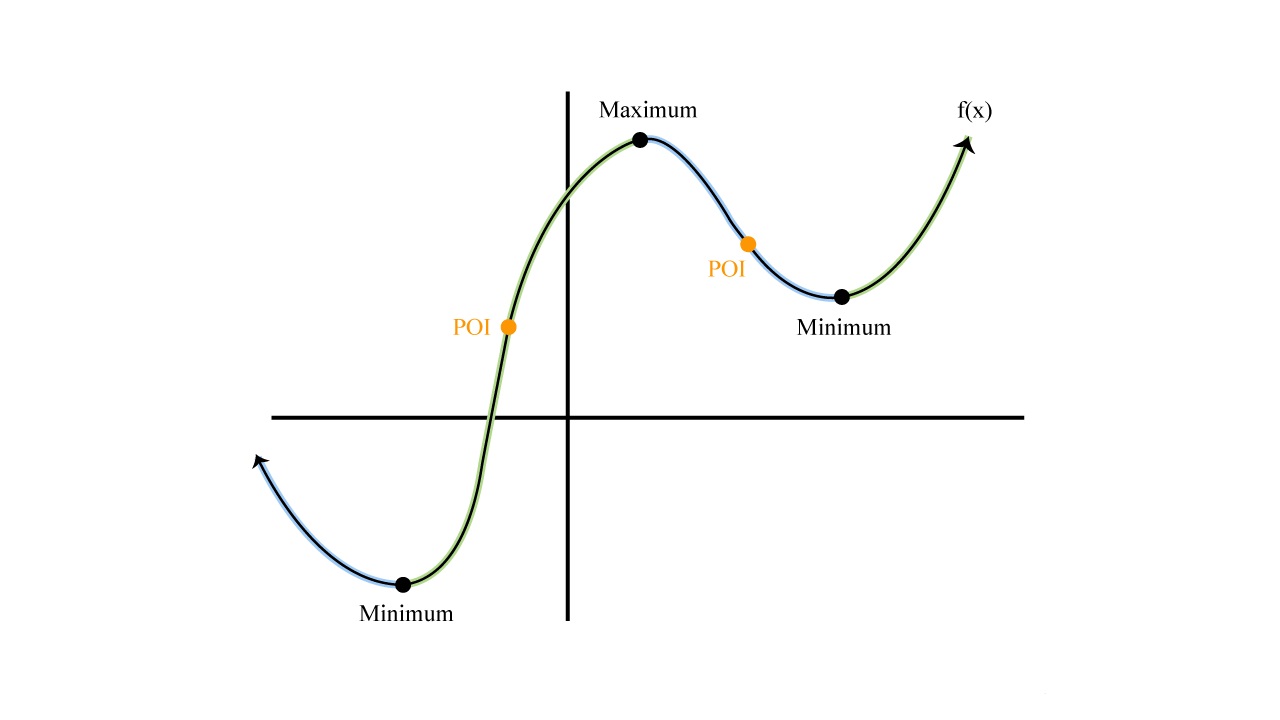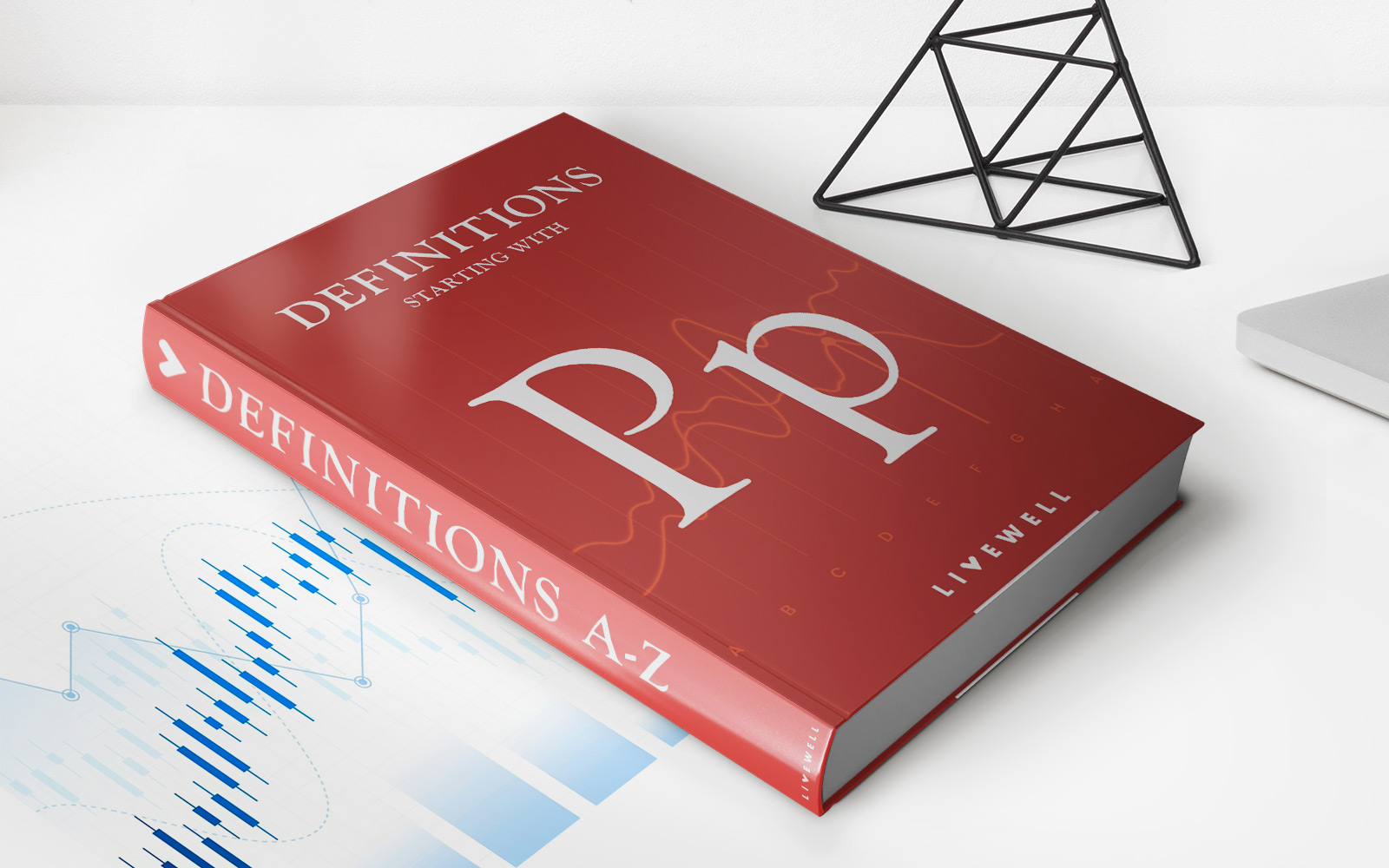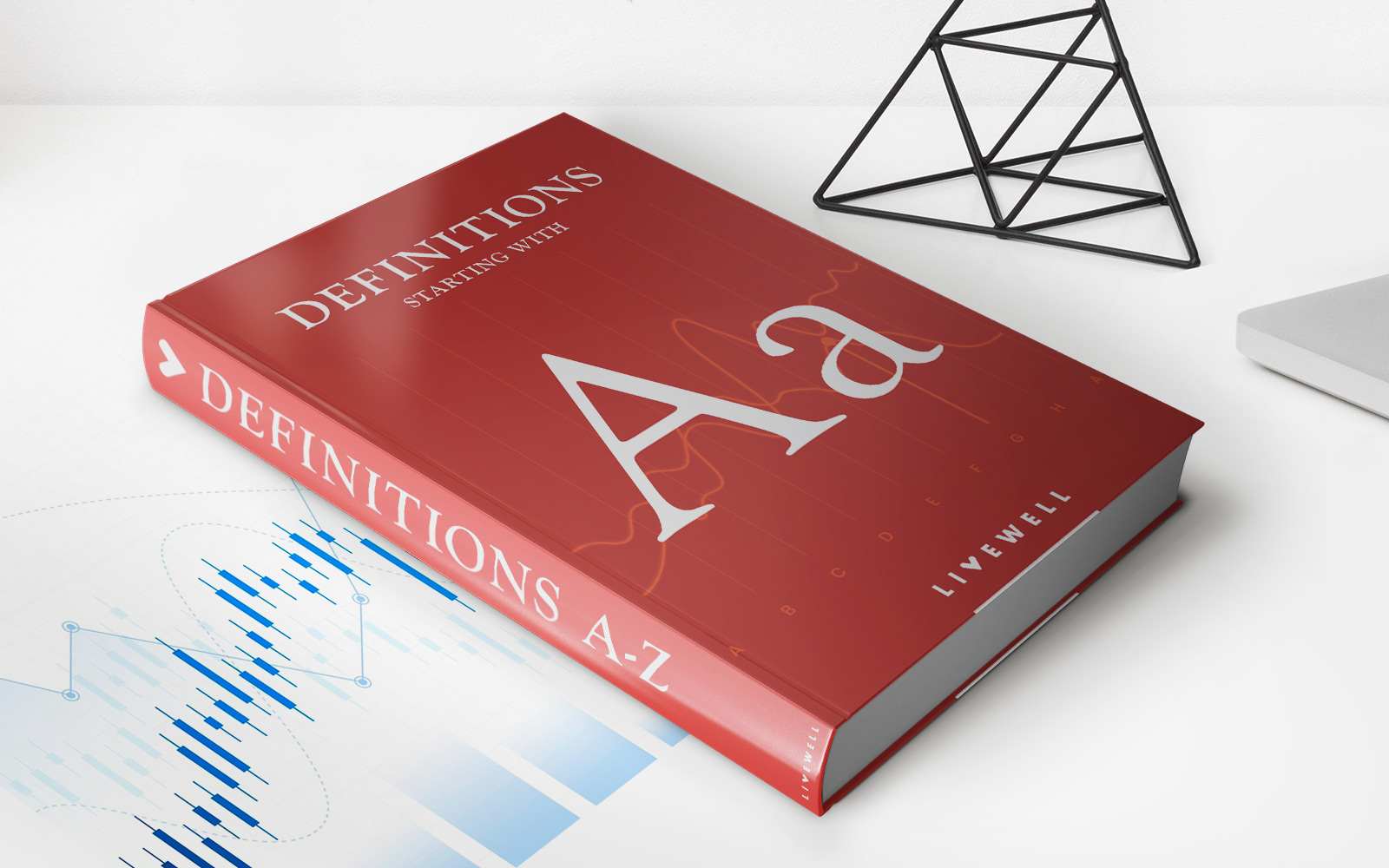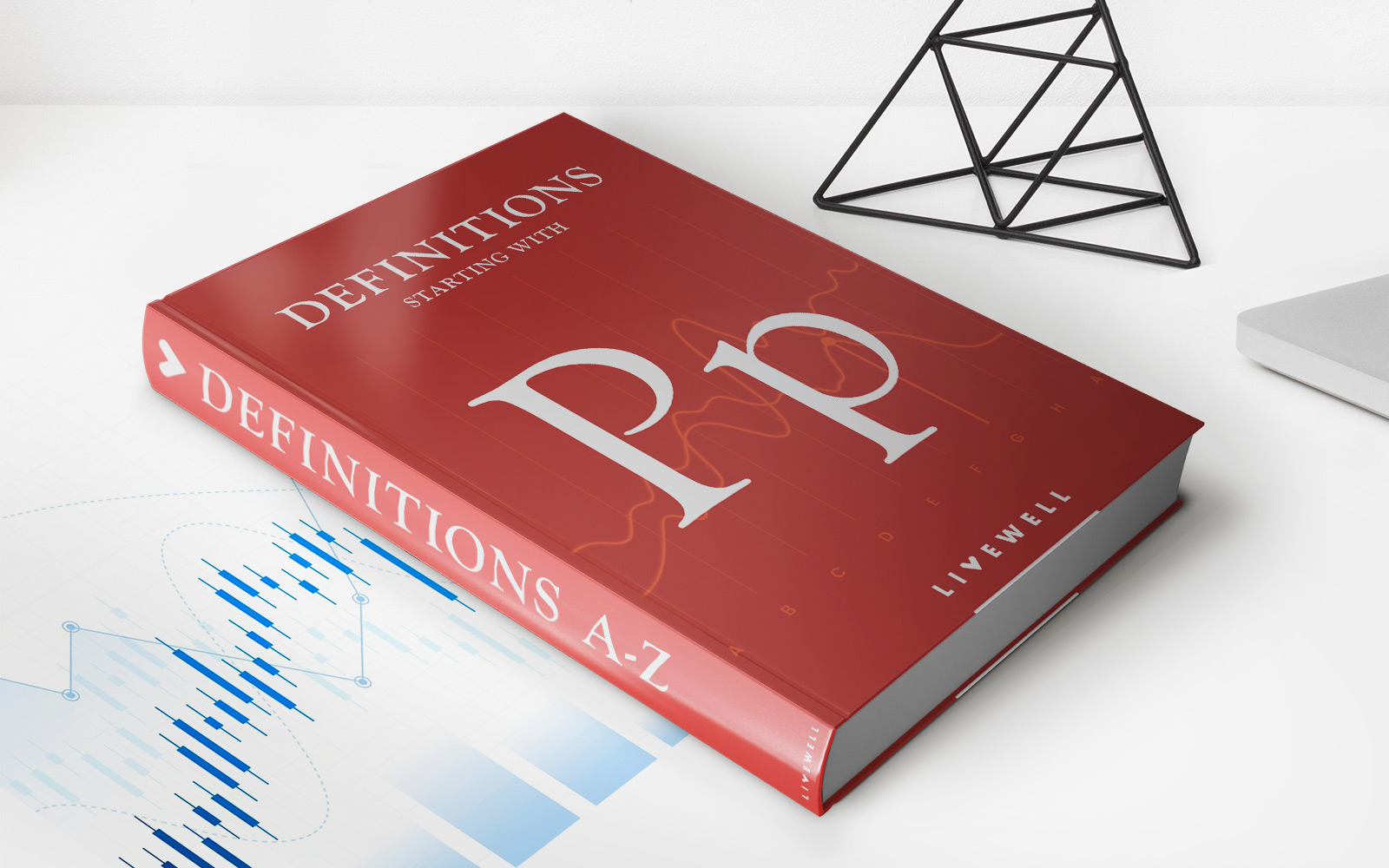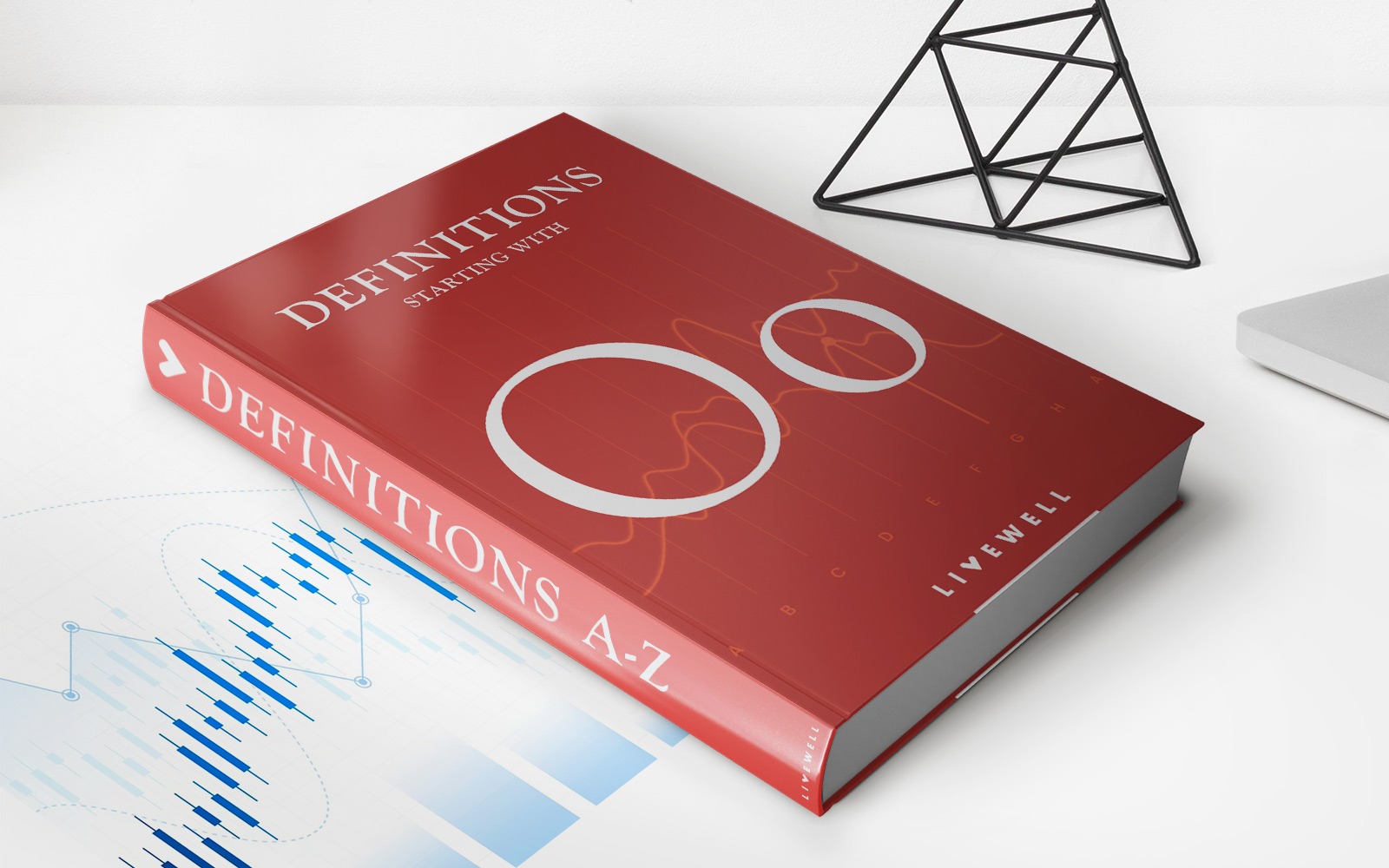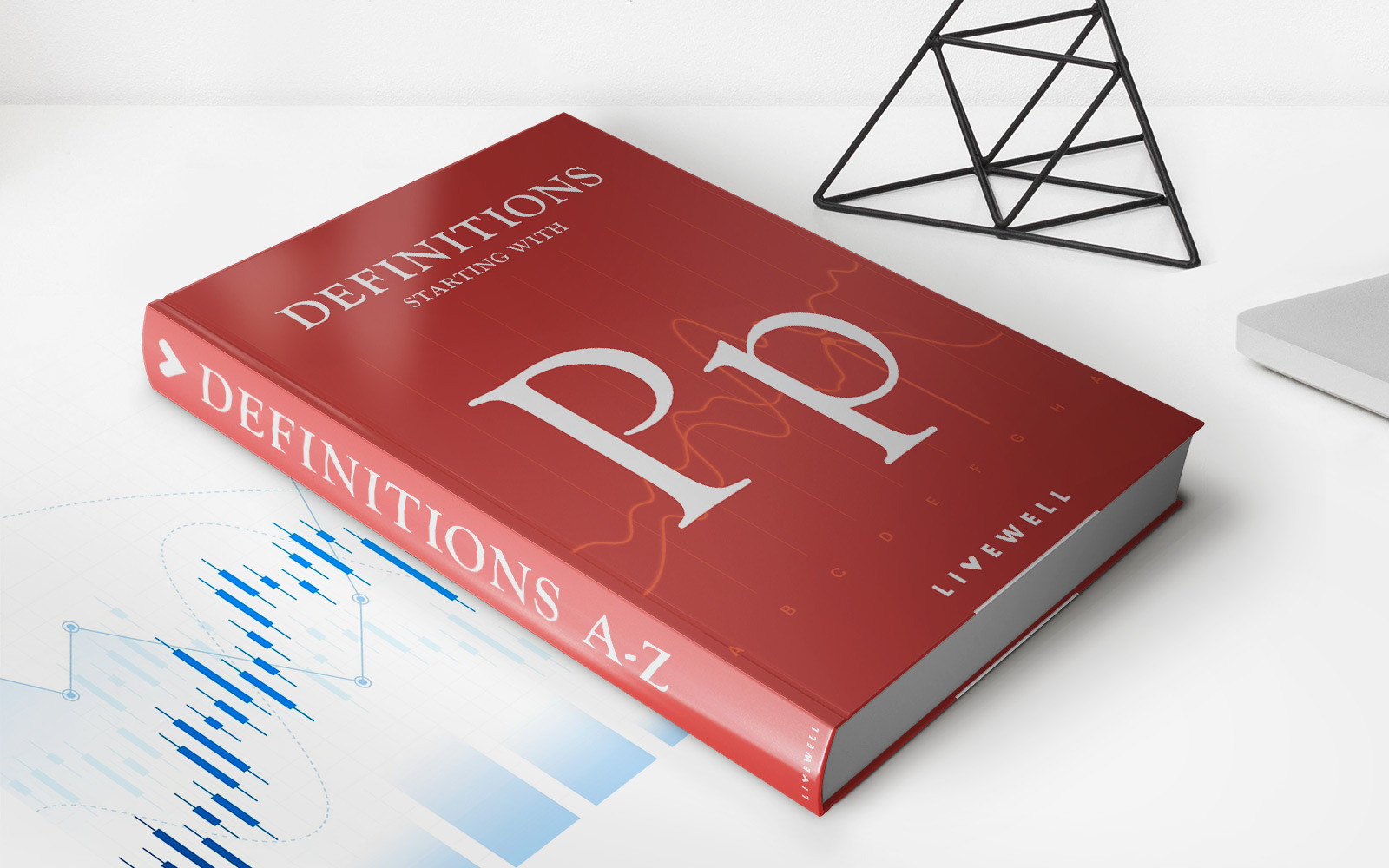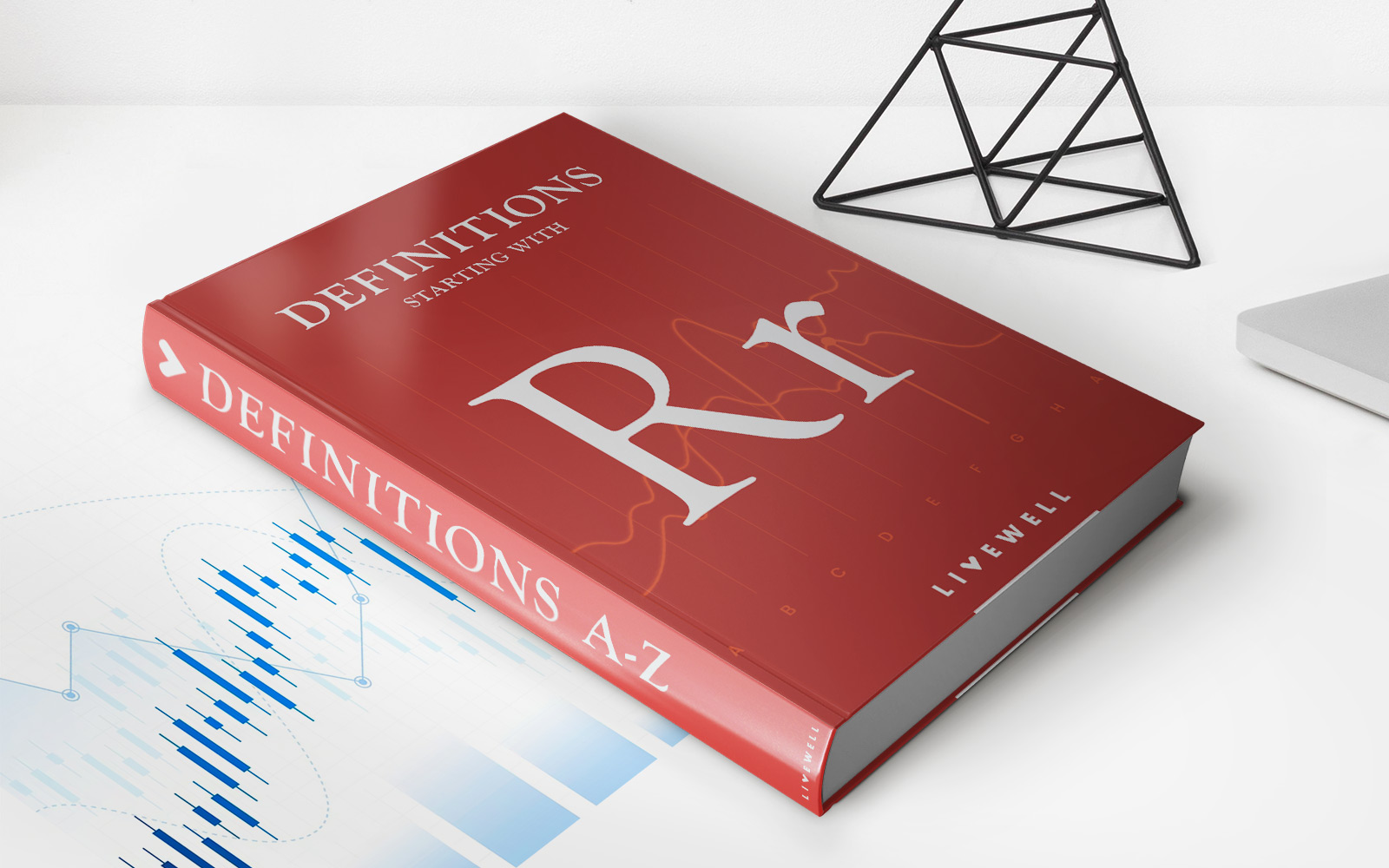Home>Finance>Production Efficiency: Defined, With PPF Curve Graph And Formula


Finance
Production Efficiency: Defined, With PPF Curve Graph And Formula
Published: January 12, 2024
Learn how production efficiency is defined in finance, with insights on PPF curve graph and formula. Enhance your knowledge in finance today.
(Many of the links in this article redirect to a specific reviewed product. Your purchase of these products through affiliate links helps to generate commission for LiveWell, at no extra cost. Learn more)
Production Efficiency: Defined, With PPF Curve Graph and Formula
Welcome to our FINANCE blog category, where we dive deep into various financial concepts and topics to help you gain a better understanding of the world of finance. In this blog post, we’re going to explore the concept of production efficiency and how it is measured using the production possibilities frontier (PPF) curve graph and formula.
What is Production Efficiency?
Production efficiency refers to the optimal use of resources to produce goods and services. It is a state where production is achieved at the lowest possible cost while maximizing output. When a company or economy is operating at peak production efficiency, they are utilizing their resources, such as labor, capital, and technology, in the most efficient way possible.
Understanding the PPF Curve Graph
The production possibilities frontier (PPF) curve graph is a graphical representation of production efficiency. It shows the maximum possible output combinations of two different goods or services that can be produced within a given set of resources and technological constraints.
Here’s how to interpret a PPF curve graph:
- Efficiency: Points on the curve represent efficient production combinations where resources are fully utilized without waste.
- Inefficiency: Points inside the curve represent inefficient production combinations where resources are not fully utilized.
- Infeasibility: Points outside the curve represent unattainable production combinations given the current resource and technological constraints.
- Opportunity Cost: The slope of the curve represents the opportunity cost of producing one good in terms of the other. As more of one good is produced, the opportunity cost of producing additional units of that good increases.
Calculating Production Efficiency with Formula
The formula for calculating production efficiency is:
Production Efficiency (%) = (Actual Output / Maximum Possible Output) × 100
By plugging in the actual output and maximum possible output values, we can determine the production efficiency as a percentage. A higher percentage indicates a higher level of efficiency in production.
Key Takeaways
- Production efficiency refers to the optimal use of resources to produce goods and services at the lowest possible cost while maximizing output.
- The production possibilities frontier (PPF) curve graph illustrates the maximum possible output combinations of two different goods or services that can be produced within given resources and technological constraints.
Understanding production efficiency and how it is measured through the PPF curve graph and formula is essential for businesses and economies to operate at their maximum potential. By striving for production efficiency, companies can minimize costs, maximize productivity, and ultimately achieve sustainable growth.
Thank you for joining us in this exploration of production efficiency. We hope this blog post has provided you with valuable insights into this crucial concept in finance.
